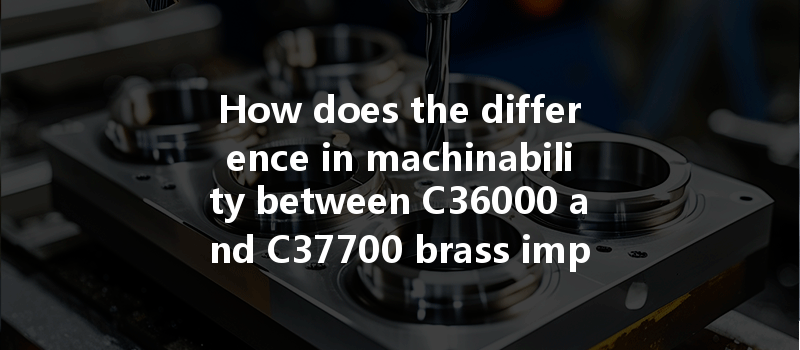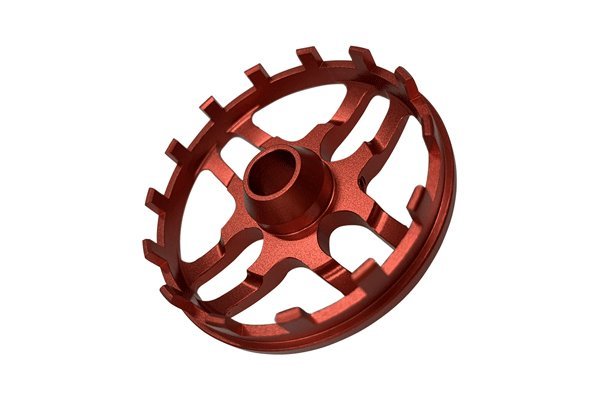:
Did you know that brass is one of the most widely used metals in CNC machining due to its excellent machinability, corrosion resistance, and aesthetic appeal? Among the various grades of brass available, the two most commonly machined types are C36000 and C
Understanding Brass Alloys: C36000 vs. C37700
What is Brass?
Brass is an alloy primarily made of copper and zinc, which can also include other elements such as lead. This combination results in a metal that is versatile, ductile, and possesses properties that are advantageous for machining and engineering applications. The specific properties of brass can vary significantly based on the alloy composition.
C36000 Brass
C36000 brass, also known as free-cutting brass, contains a higher lead content (about 3-4%) than many other brass alloys. This leads to its exceptional machinability, making it ideal for applications requiring precise tolerances and surface finishes. Common applications include:
C37700 Brass
C37700 brass is another popular choice, known for its strength and durability. It typically has a lower lead content (around 2%), which alters its machinability and mechanical properties. This alloy is often utilized in areas where components are subject to stress and fatigue. Typical applications include:
Comparing Machinability: C36000 vs. C37700
Machinability Rating
The machinability of brass alloys is crucial when selecting materials for CNC machining. Machinability ratings typically range from 0 to 100, with C36000 rated at around
Factors Influencing Machinability

Several key factors influence the machinability of C36000 and C37700:
Tooling Requirements
For C36000 brass, high-speed steel (HSS) or carbide tools can be effectively used due to the alloy’s favorable machining characteristics. The ability to maintain sharp cutting edges allows for high-speed operations without excessive wear.
For C37700, however, using carbide tooling is recommended due to the material’s increased strength and hardness. The right geometry and coating for the cutting tools can significantly impact the overall efficiency of machining C
Implications for CNC Machining Performance
Efficiency and Cost Implications
Specific Applications: When to Choose C36000 vs. C37700?
In summary, understanding the differences in machinability between C36000 and C37700 brass is crucial for manufacturers involved in CNC machining. While C36000 offers exceptional machinability, leading to faster processes and reduced tool wear, C37700 provides added strength and application-specific benefits, albeit with challenges in machining efficiency.
This blog highlights the importance of selecting the right brass alloy based on specific application requirements, emphasizing the need for careful consideration in material selection. By doing so, manufacturers can optimize their CNC machining processes, enhance productivity, and minimize costs.
The diverse applications and properties of these two brass alloys underscore the thoughtful balance between machining efficiency and end-use performance. As the demands in various industries evolve, so too must the approaches to material selection in CNC machining. Understanding these processes and characteristics ensures that businesses remain competitive in a rapidly changing market.
As you navigate your CNC machining projects, keep these insights in mind to make informed decisions. If you have further questions about C36000 or C37700 brass and how they fit into your specific machining needs, please don’t hesitate to reach out for assistance. Your success depends on the choices you make today!






